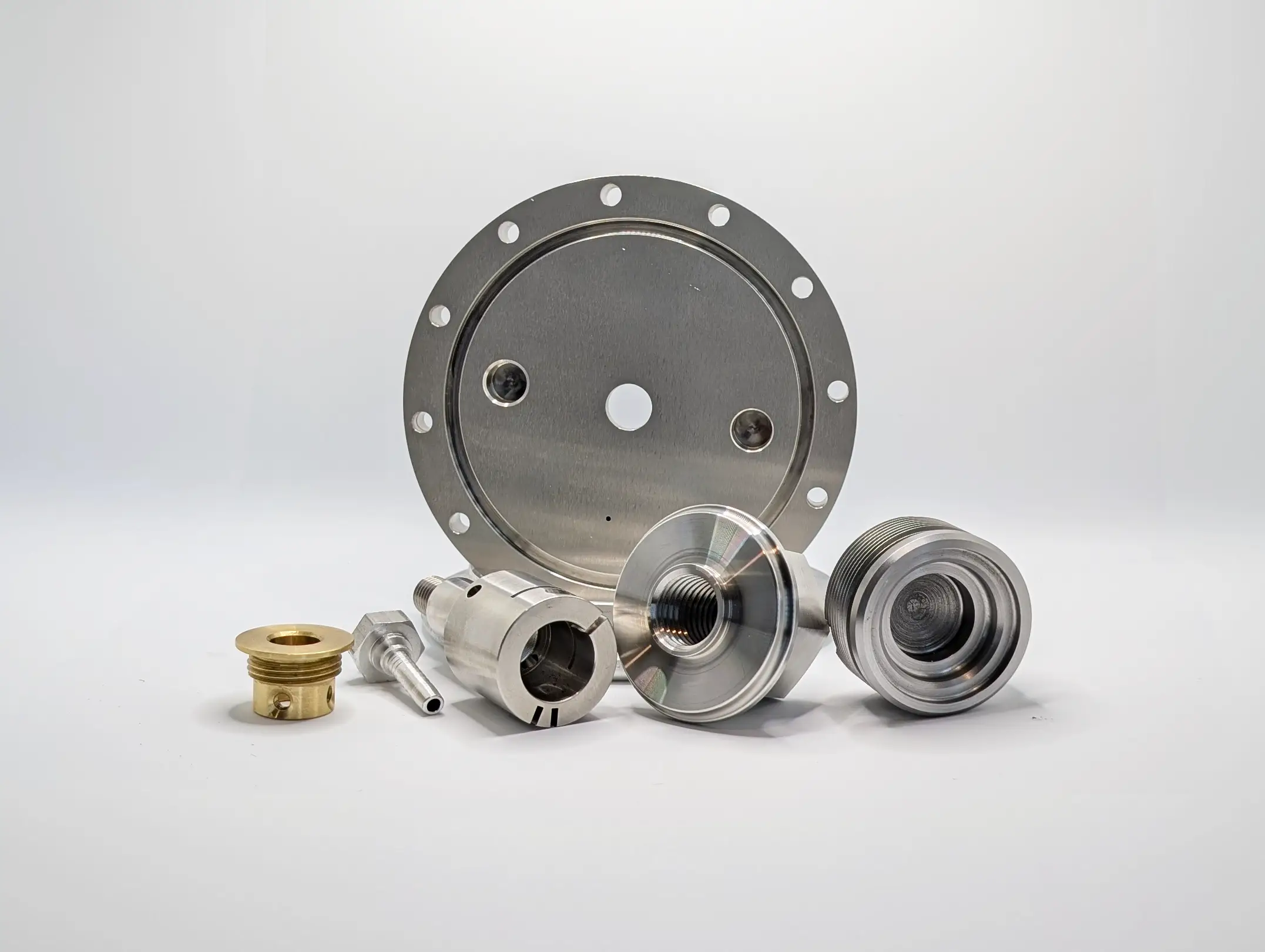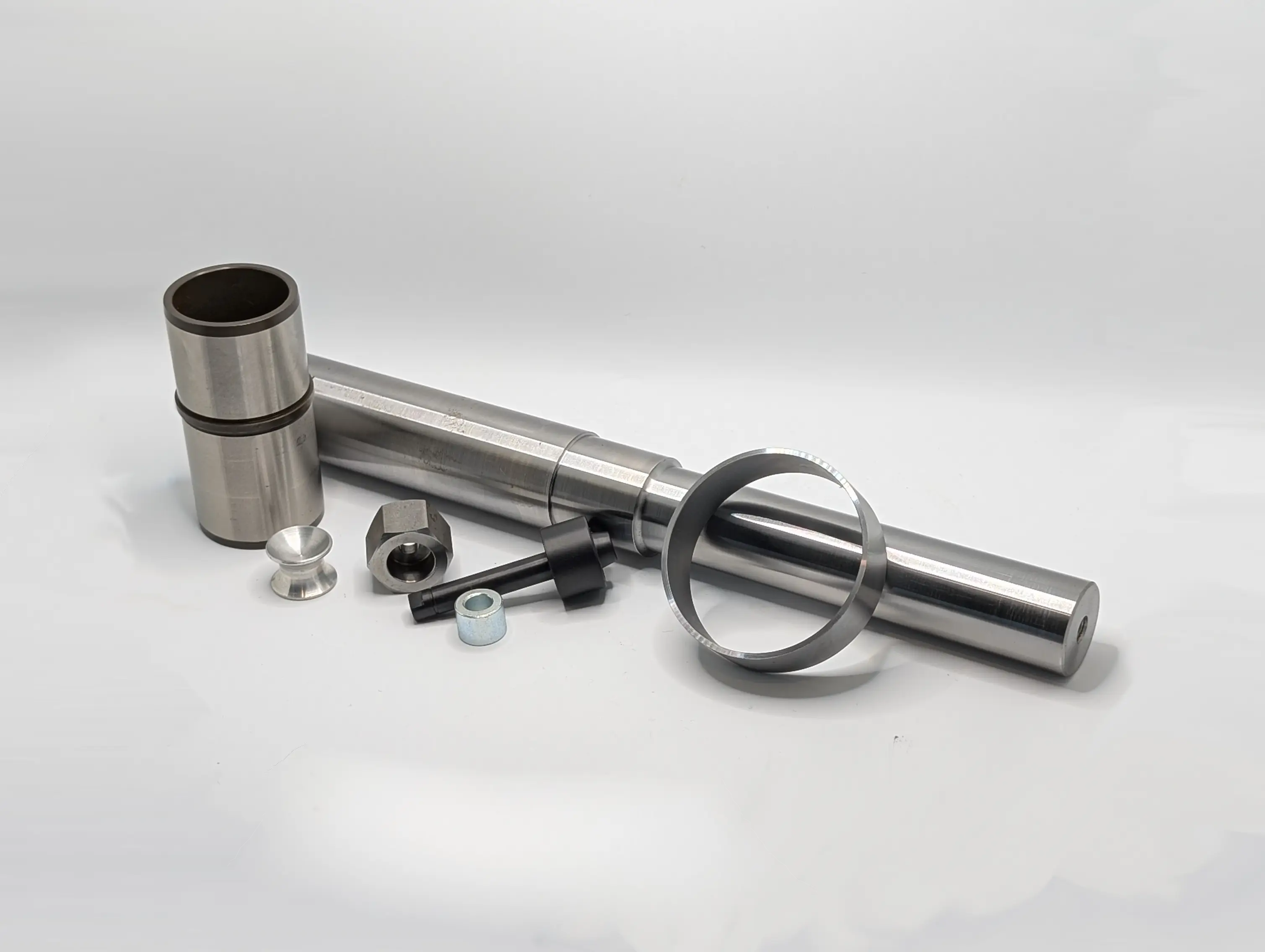CNC Turning
High-precision turning for cylindrical and rotational parts—fast, reliable, and tailored to your requirements. Our advanced CNC lathes deliver tight tolerances, smooth finishes, and consistent quality for everything from prototypes to production runs.
What is CNC Turning?
Process Overview
CNC turning is a subtractive manufacturing process where a workpiece rotates while a stationary cutting tool removes material to create cylindrical parts. The cutting tool moves along the workpiece to create precise diameters, faces, grooves, and other rotational features.
When to Choose CNC Turning
- Cylindrical or rotational parts
- Components with concentric features
- Parts requiring threads, tapers, or grooves
- High-volume production of round parts
Key Advantages
- Excellent surface finish and dimensional accuracy
- Fast cycle times for high-volume production
- Live tooling for combined operations
- Cost-effective for cylindrical geometries
Machine Capabilities
Ideal Applications
Cylindrical Parts
- • Shafts and spindles
- • Bushings and bearings
- • Spacers and washers
- • Custom fasteners
Precision Features
- • Threads and tapers
- • Grooves and undercuts
- • Cross-holes and flats
- • Contoured profiles
Production Parts
- • High-volume components
- • Consistent quality
- • Fast material removal
- • Cost-effective runs
Design Considerations
Important Limitations
Length-to-Diameter Ratio
A L/D ratio of 6:1 is recommended to avoid chatter on deep bores and unsupported slender parts
Complex Internal Features
Internal grooves and contours may require sourcing special tooling and extend lead times
Complex Milled Features
Angled holes and milled features that require many tools or extreme precision may require secondary operations in a mill
Tool nose radius
Our standard finishing tooling has a .015" nose radius. Add undercuts to shoulders or ensure mating parts have chamfers larger than the tool radius for proper fit.
Need help with design optimization? Our engineers can suggest modifications to improve manufacturability and reduce costs. Contact us for design consultation.
Sample Turned Parts


Turning-Specific FAQ
For general questions about quoting, file formats, and lead times, see our FAQ page.
Ready to Get Started?
Upload your CAD files and get an instant quote for your CNC turning project. Our automated system provides pricing in minutes for most parts.
